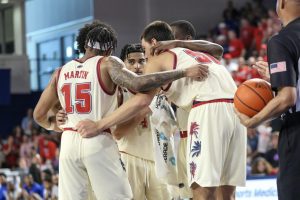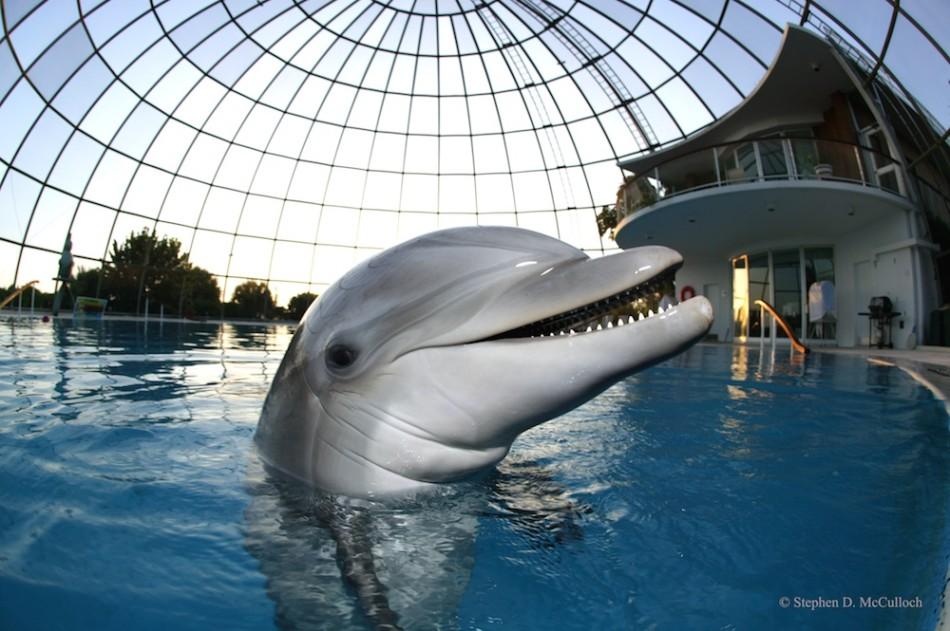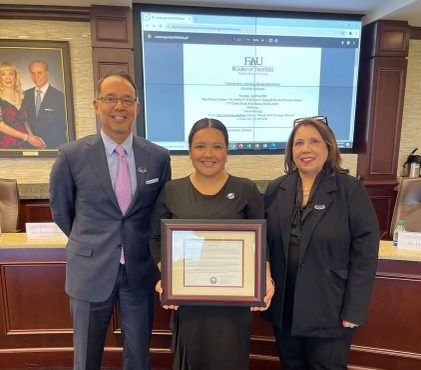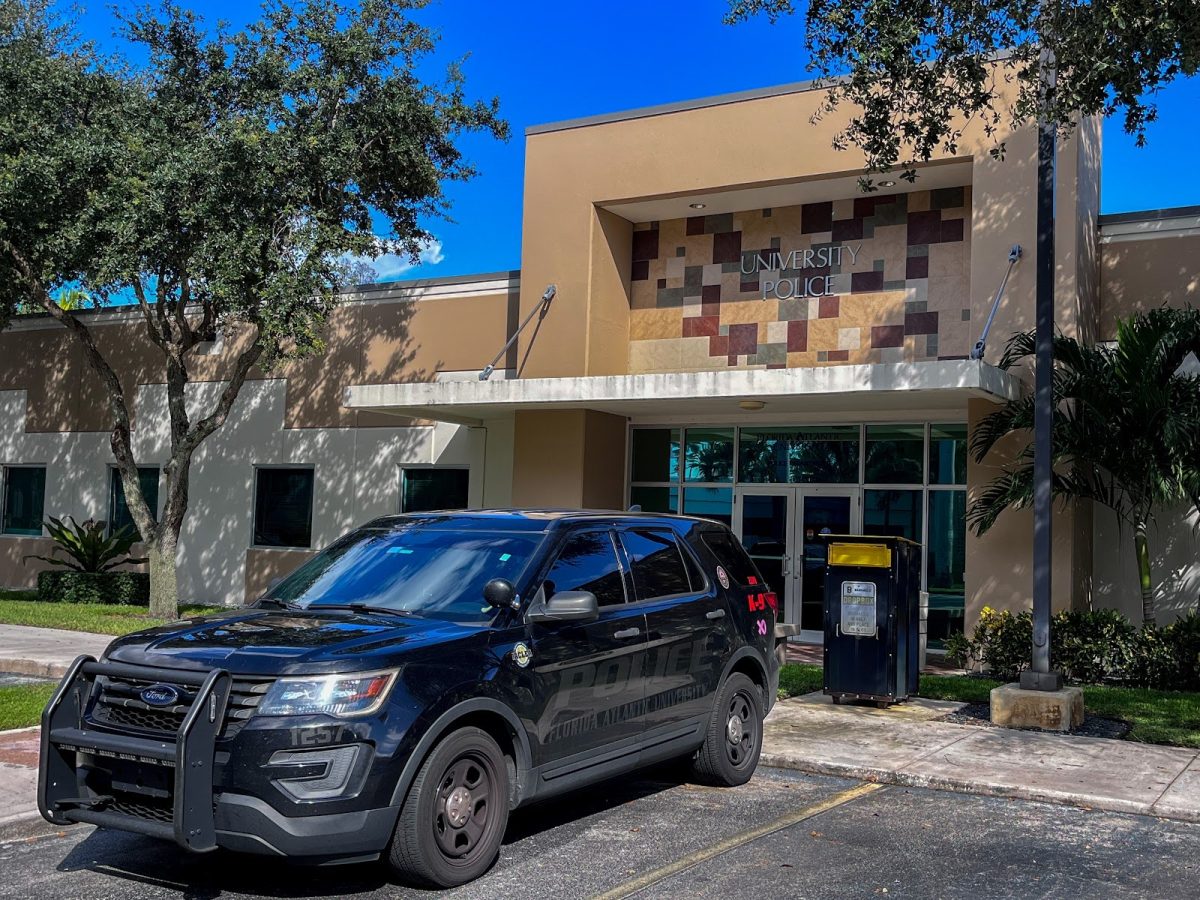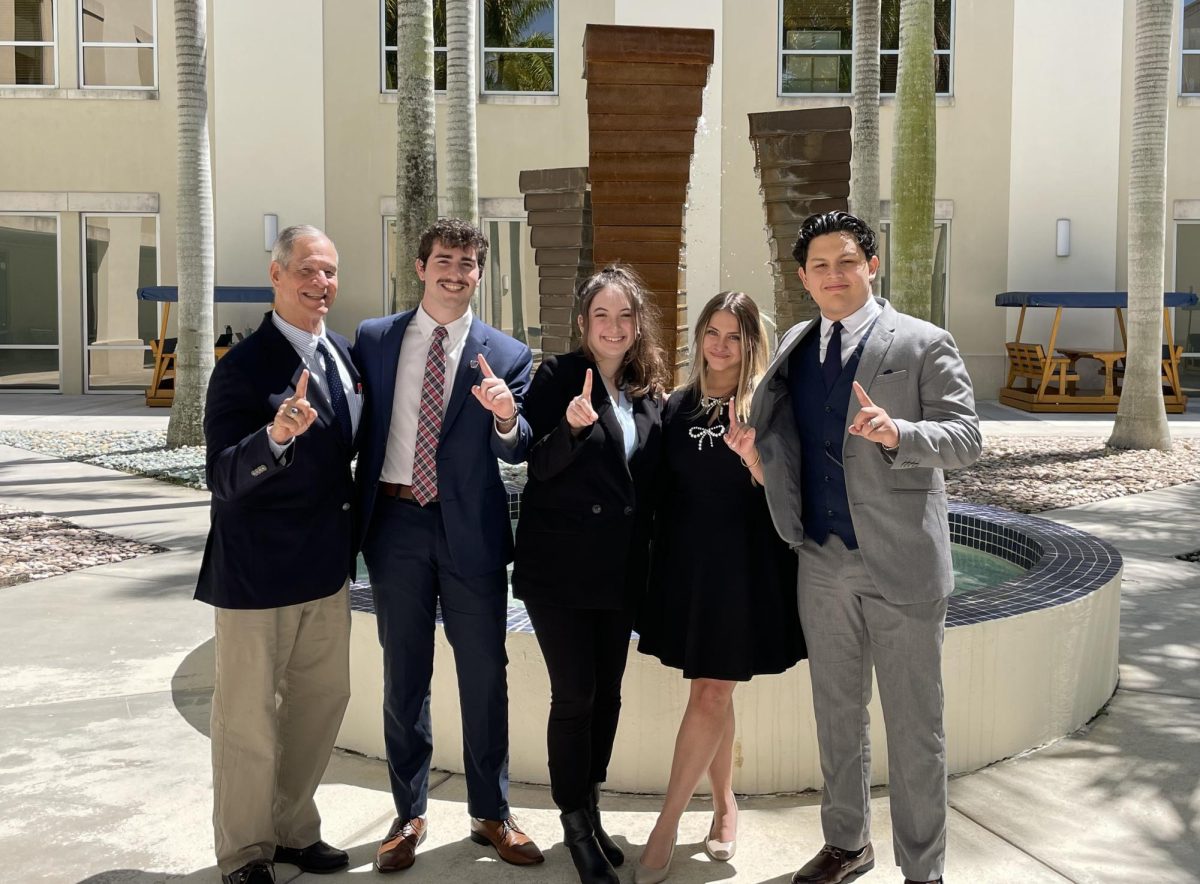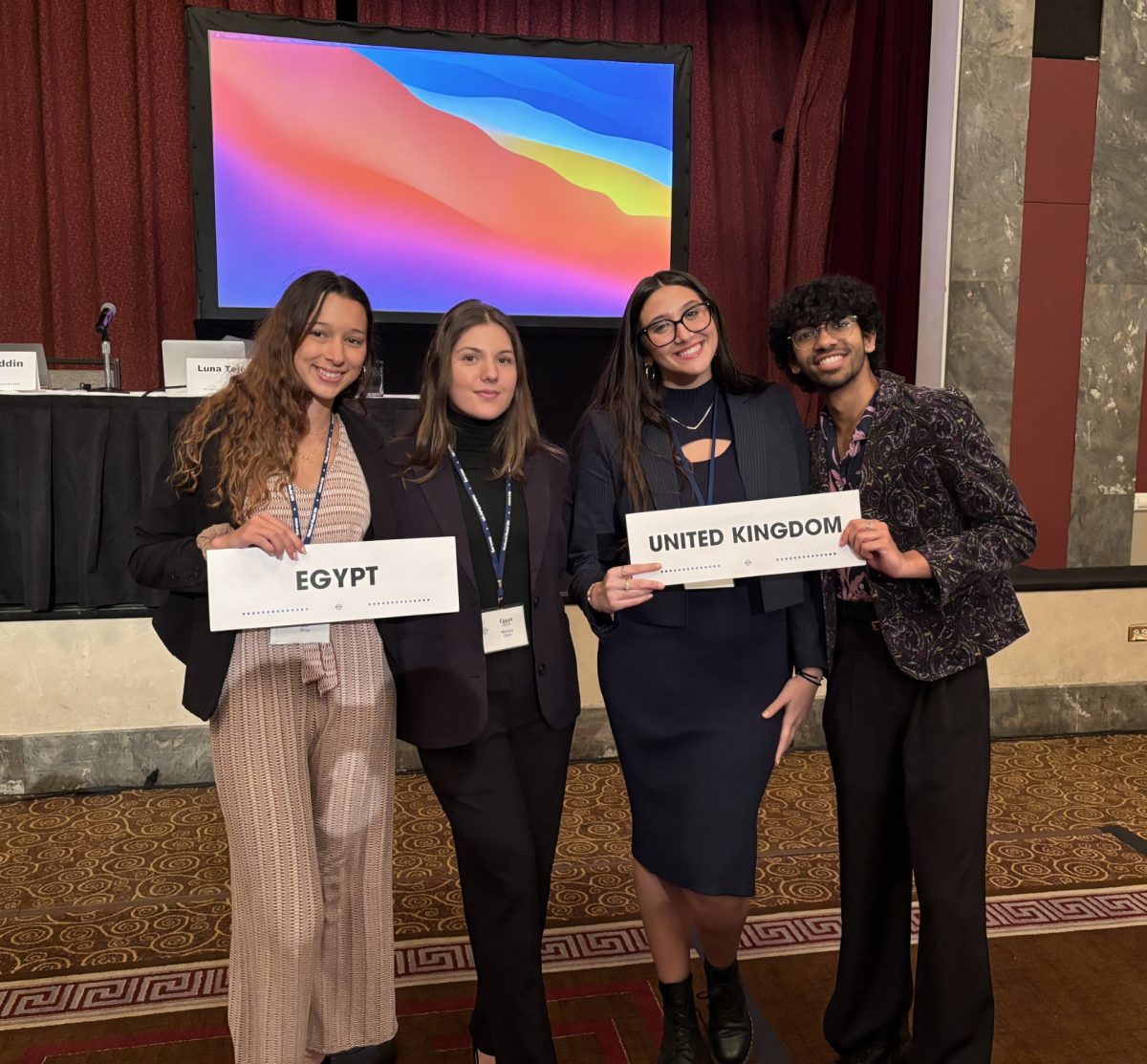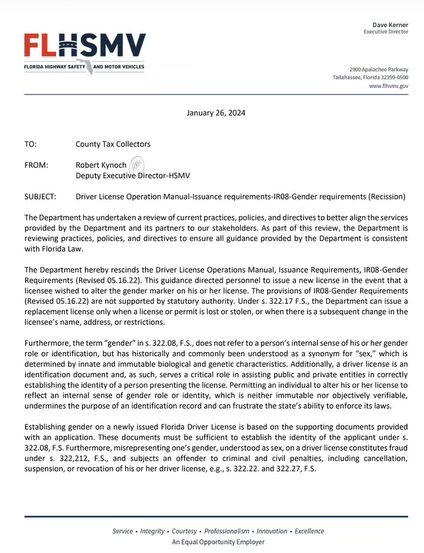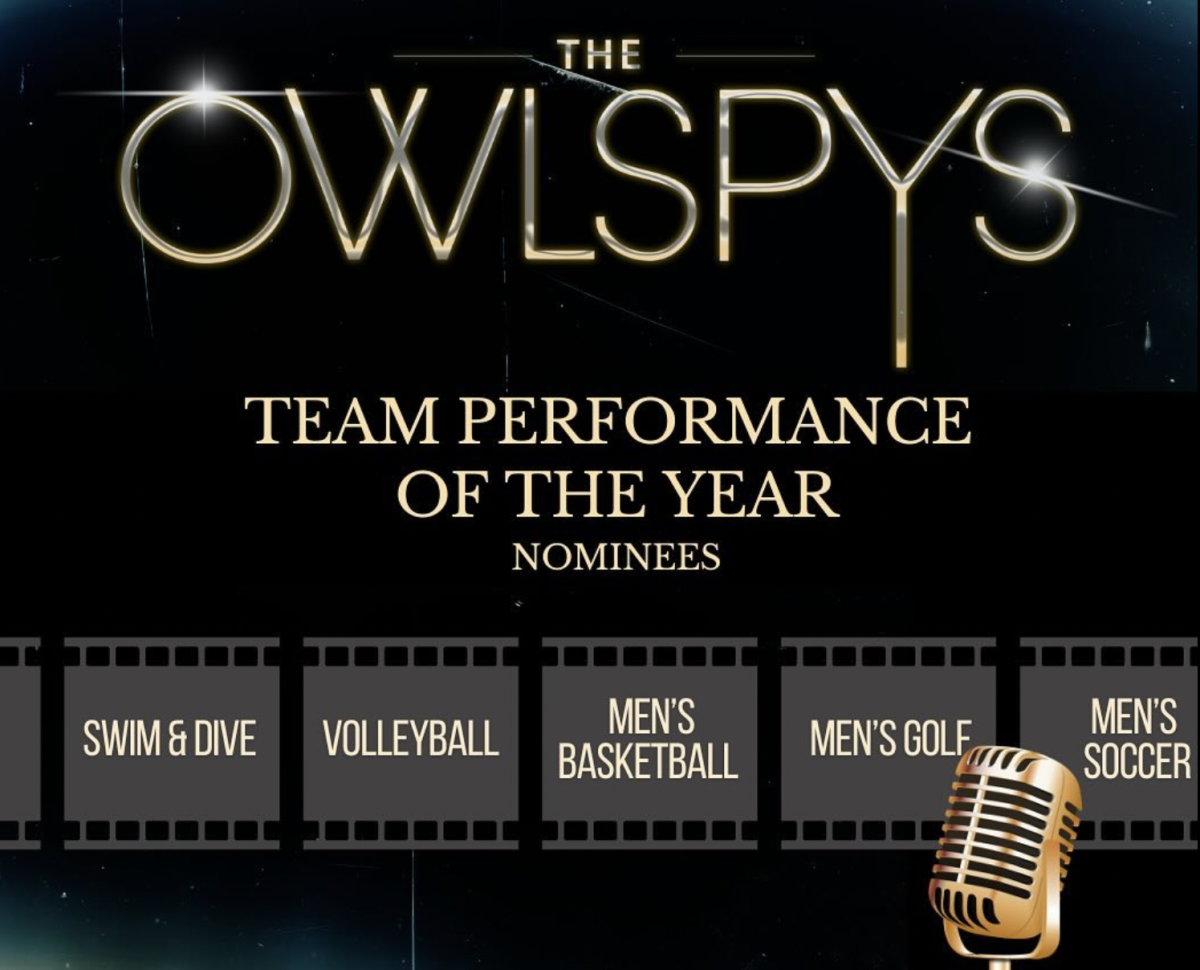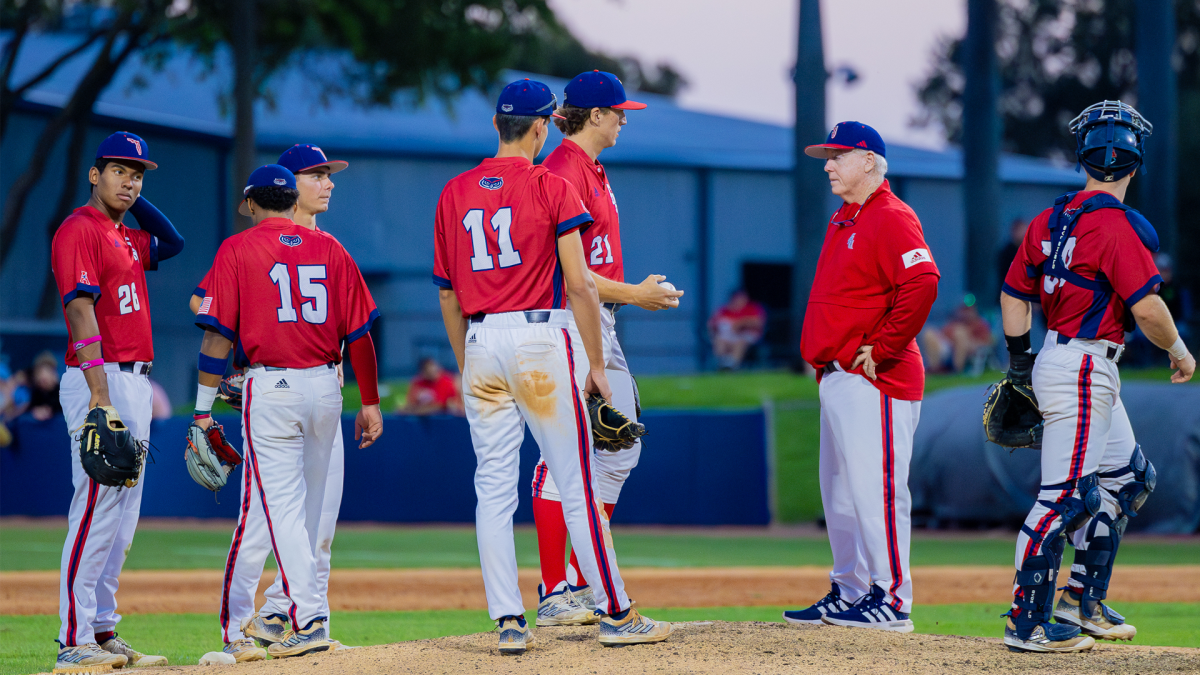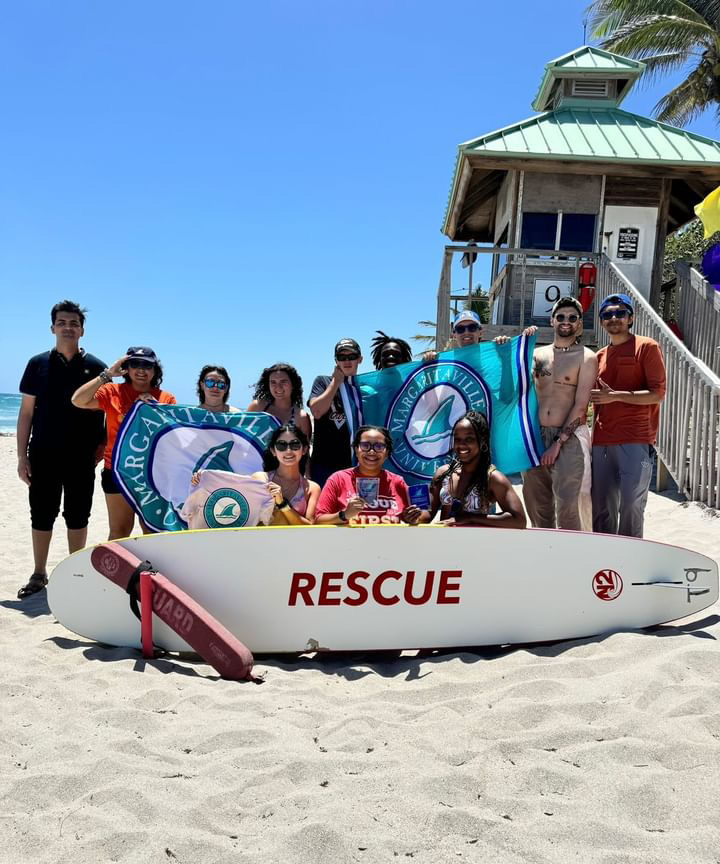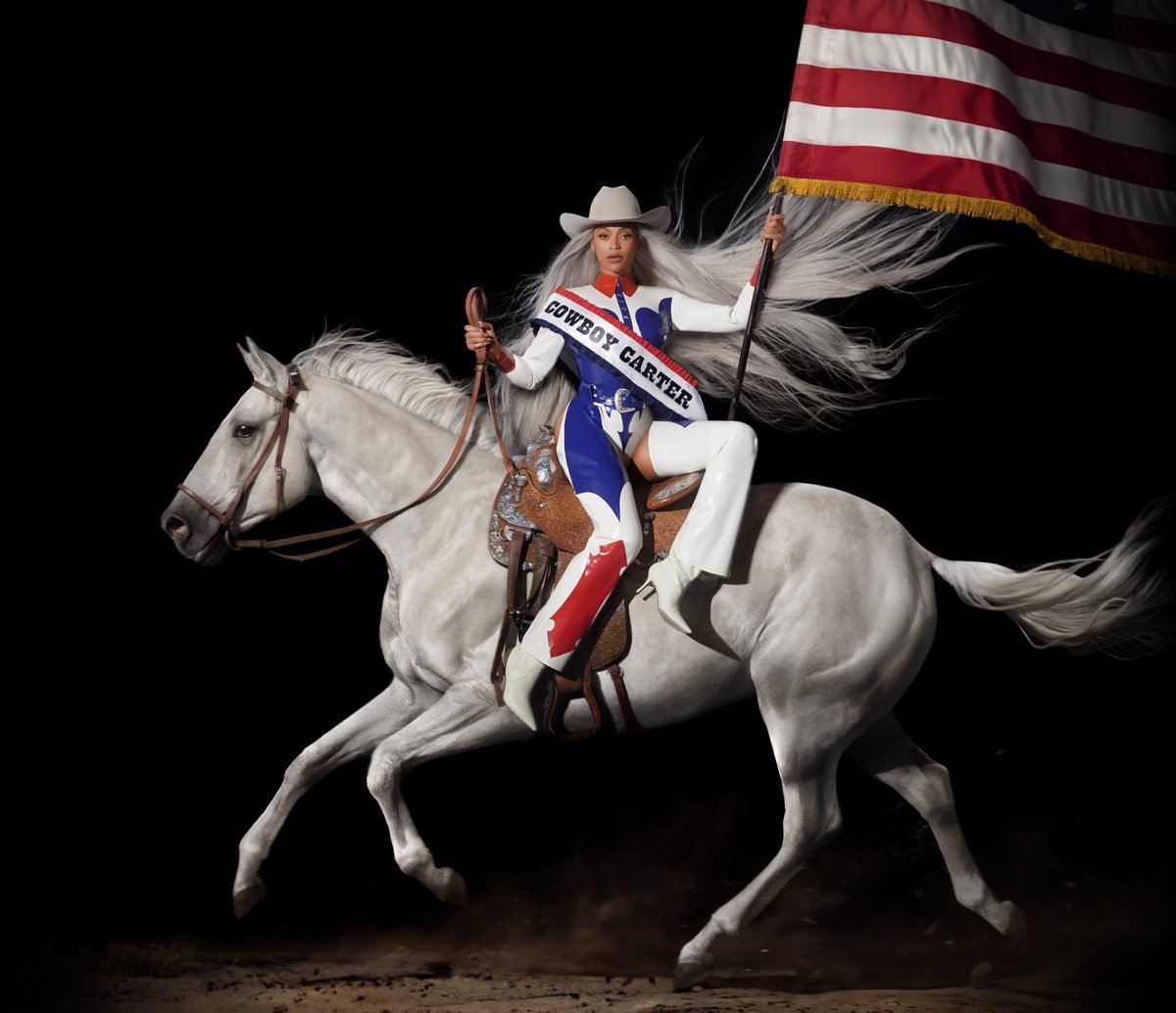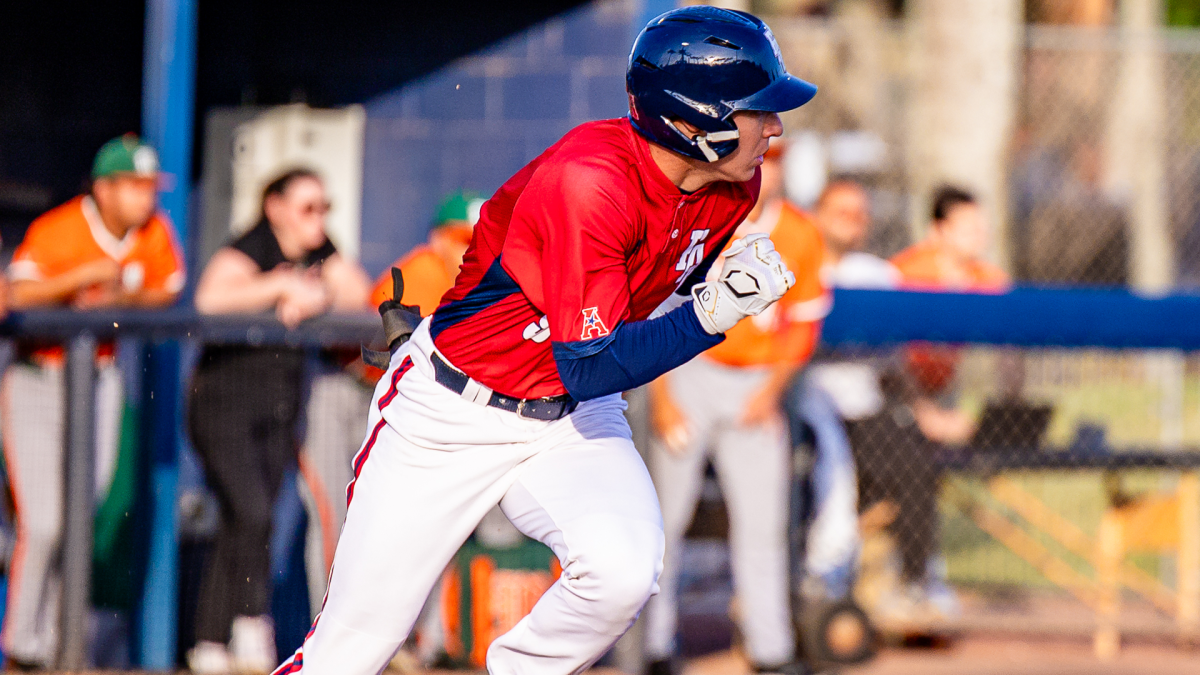By Monica Ruiz
The new stadium comes in two weeks, but FAU has more than that to brag about.
University researchers found stars and helped create one.
Sukanya Chakrabarti found a way to see galaxies that emit no light, and Harbor Branch Oceanographic Institute (HBOI) helped rescue a trapped baby dolphin, which is now the subject of a movie and an iPad app.
FAU continues to make headlines and discoveries in topics such as energy and physics (read story here).
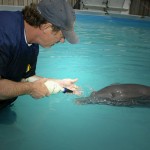
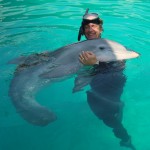
A tall told tail
FAU’s Harbor Branch created an iPad app after helping save a famous dolphin
By Regina Kaza
Photos and captions courtesy of HBOI/Stephen McCulloch
Winter, a bottlenose dolphin, suffered a traumatic injury when she was caught in a crab trap that left her fighting to survive. In the process she lost he r tail, but in return gained fame.
Stephen McCulloch, manager at Harbor Branch Marine Mammal Research and Conservation, directed a team of researchers who stayed with the dolphin while she recovered.

According to McCulloch, the team was there to stabilize her and provide veterinary support, but there was never a time when they thought she wouldn’t make it.
“Winter displayed an extra will to survive. She remained bright, alert and responsive to our treatment.”
It took Winter over six months to fully recover, as the dolphin kept losing parts of her tail fluke. “There was great concern on how she would overcome the loss of it,” said McCulloch.
On Sept. 16, the day before the movie Dolphin Tale premiered, Harbor Branch released a Wild Dolphins iPad app to promote the movie and raise awareness. This was a project created in three weeks, and includes games, interviews from the rescuers and wild dolphin threat information.

Due to the date of the premiere, releasing the Wild Dolphins app put creators on a deadline. “It was a team effort here at Harbor Branch. Lots of meetings and constant emails,” said McCulloch. “It got complete in record time.”
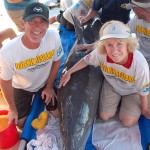
He hopes that the app will help educate people about being in close contact with marine life. Harbor Branch rescues marine mammals injured by anything from tangled fishing gear to boat hits.
Winter’s story is told in the movie, which McCulloch believes is half Hollywood, half fact. The Los Angeles premiere sported a blue carpet where the researchers got to meet the actors. They attended the Clearwater premiere as well.
As for Winter, she is now a permanent resident of the Clearwater Marine Aquarium.
“Winter joins the iconic class of animal movie stars Lassie, Flipper and Keiko, that engage the human spirit and inspire us to be more aware of nature and the many gifts she provides to each and every one of us.”
If you see an injured marine animal, McCulloch said to call the 24/7 dispatch FWC (888) 404-FWCC
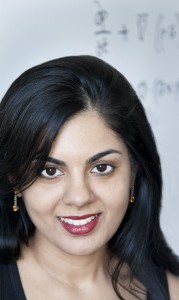
Lighting up the darkness
FAU physicist shines light on satellite galaxies with a new method for finding them
By Dylan Bouscher
Sukanya Chakrabarti has discovered a way to see galaxies that emit no light and couldn’t be seen in the past. Her method, “Tidal Analysis,” studies the distribution of hydrogen gas ripples in galaxies like our own and others.
Chakrabarti, an assistant physics professor, started at the Charles E. Schmidt College of Science in January, but began working on “Tidal Analysis” in 2009.
“[Basically] the idea is that you’re trying to figure out something about a potentially dark object. Think of it as dropping pebbles in a pond, and looking at the ripples,” said Chakrabarti.
“[From] analyzing the ripples in the water and how big they are, you can figure out how massive the pebble was that created the ripple. From the analysis of disturbances in a primary galaxy, you can backwards engineer how massive the other galaxy was.”
Chakrabarti brought her expertise to a research group for a study titled, “The Sagittarius Dwarf Impact as an Architect of Spirality and Outer Rings in the Milky Way Galaxy,” which was recently published in the renowned British research journal Nature.
During the study, she noticed a disturbance on the outskirts of the Milky Way, in the atomic hydrogen mass of our galaxy.
Scientists knew the Sagittarius Dwaf galaxy collided with our galaxy at least once before, but with “Tidal Analysis” Chakrabarti found they collided twice in the past 1.8 billion years. The two galaxies are on track to meet again in 10 million years for a third impact. The study also verified that the morphology of the Milky Way was changed by its two close encounters with Sagittarius in the past.
A dwarf galaxy is formed by dark matter or gases containing metals. The Sagittarius Dwarf is “1 / 100 the mass of the Milky Way,” according to Chakrabarti. Since these galaxies are significantly smaller, they’re made up of less visible light than other galaxies, which makes it much harder for scientists to prove their existence.
“Astrophysicists try to characterize dark matter. Not relying on light of galaxies. You can ‘see’ galaxies without light by analyzing the gravitational pull they exert on galaxies with light,” she said.
Chakrabarti finds inspiration for studying physics in understanding the mysteries of our universe. “It’s very exciting to see the universe as something you can explain with basic physical principles.”
To read Chakrabarti’s study, “The Sagittarius Dwarf Impact as an Architect of Spirality and Outer Rings in the Milky Way Galaxy,” visit dx.doi.org/10.1038/nature10417.




